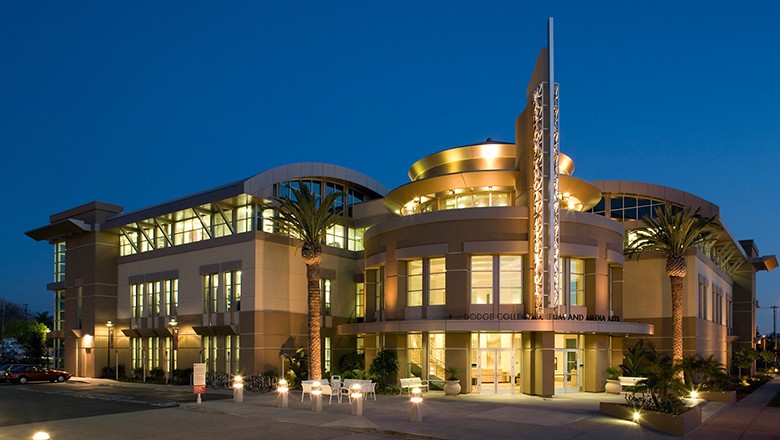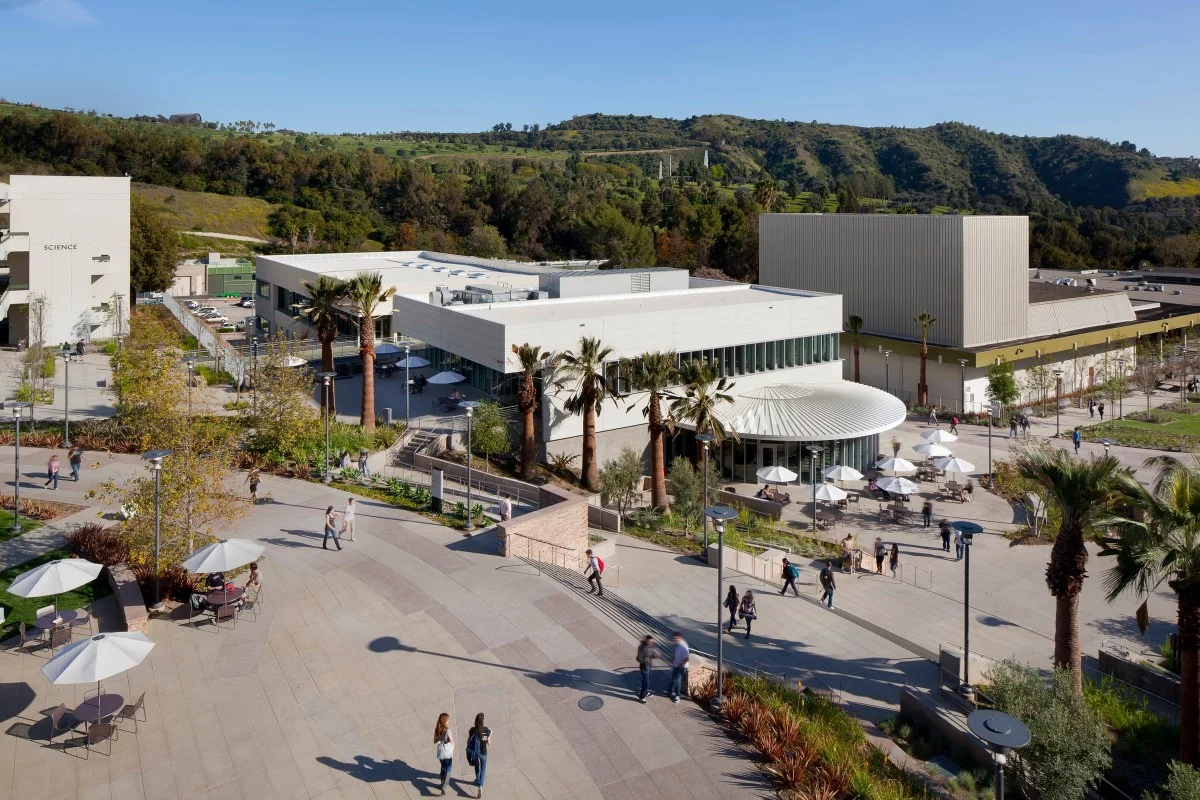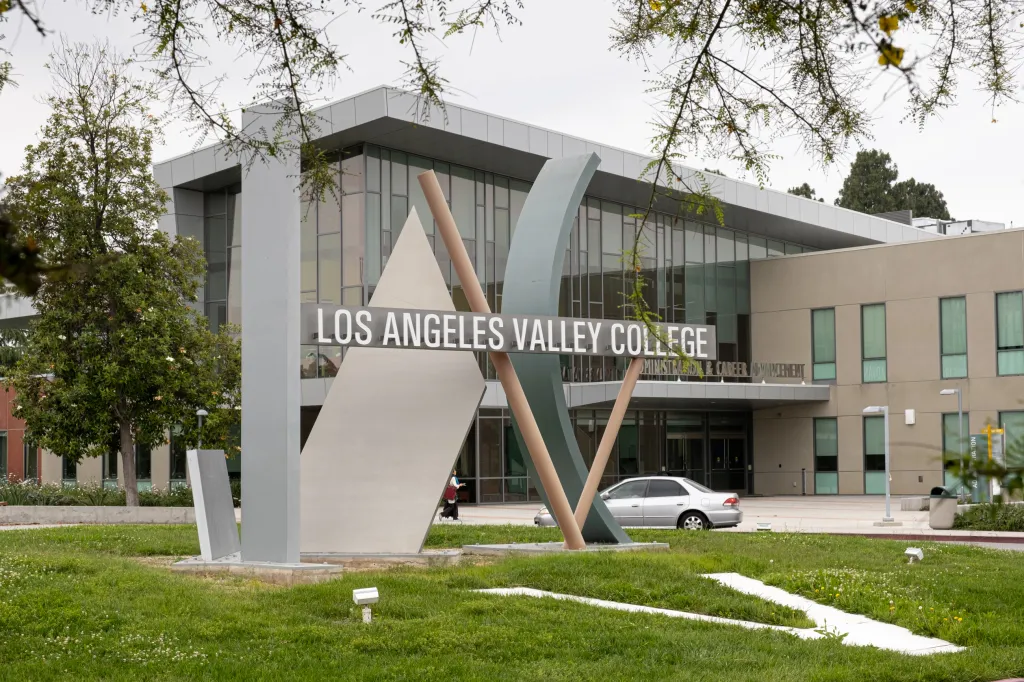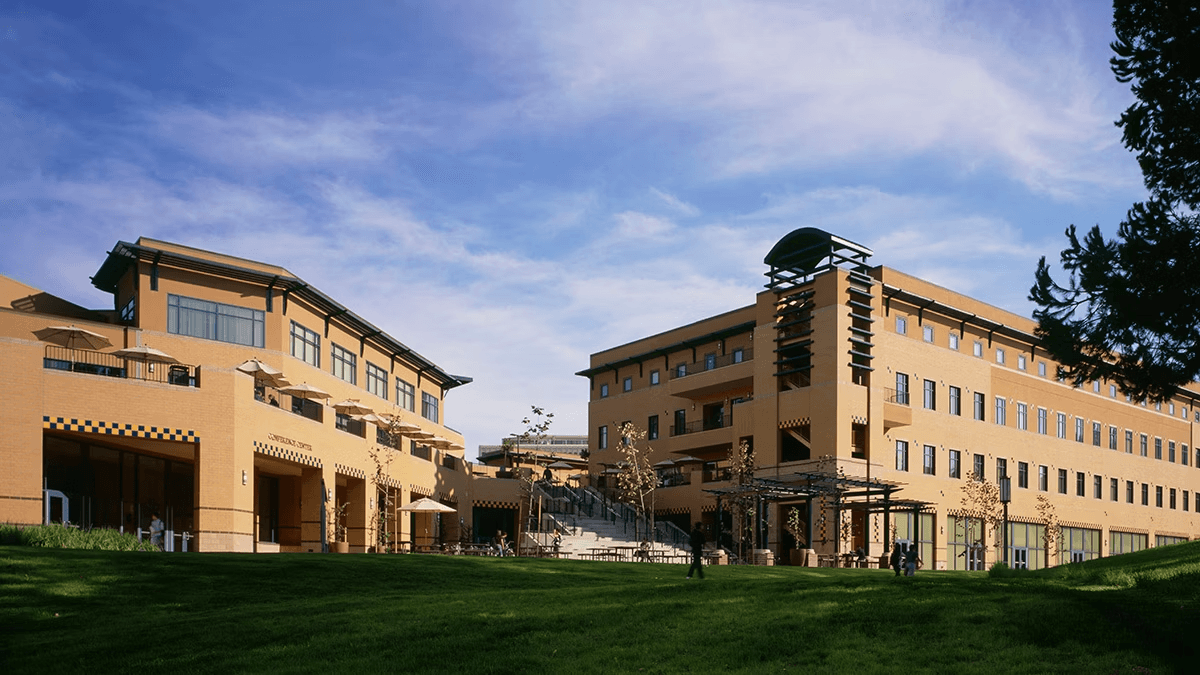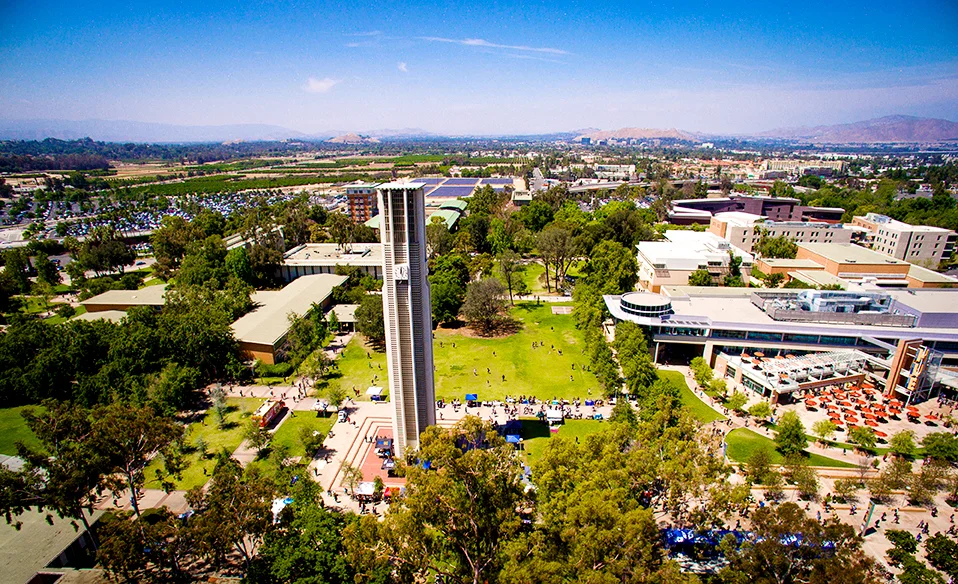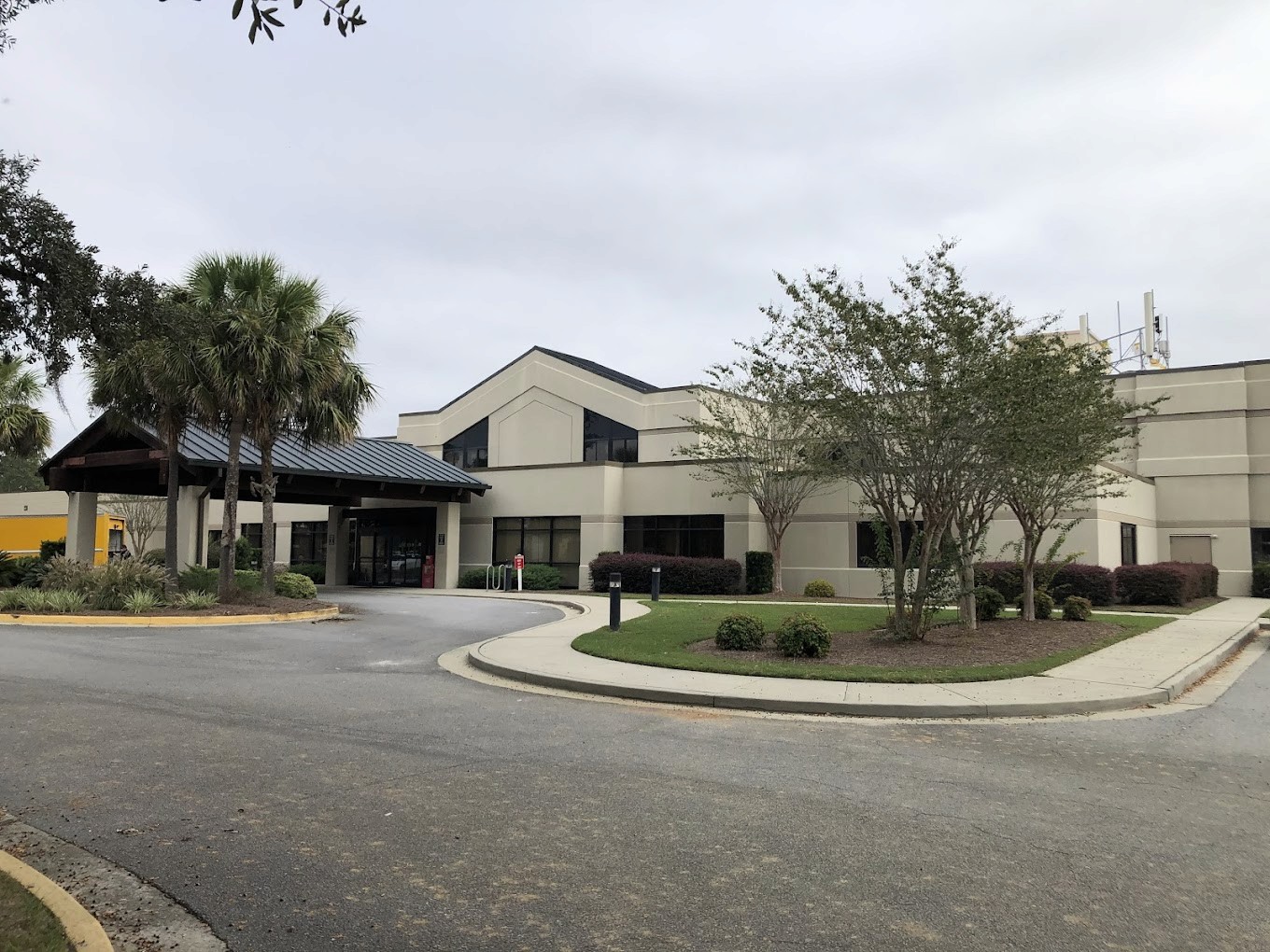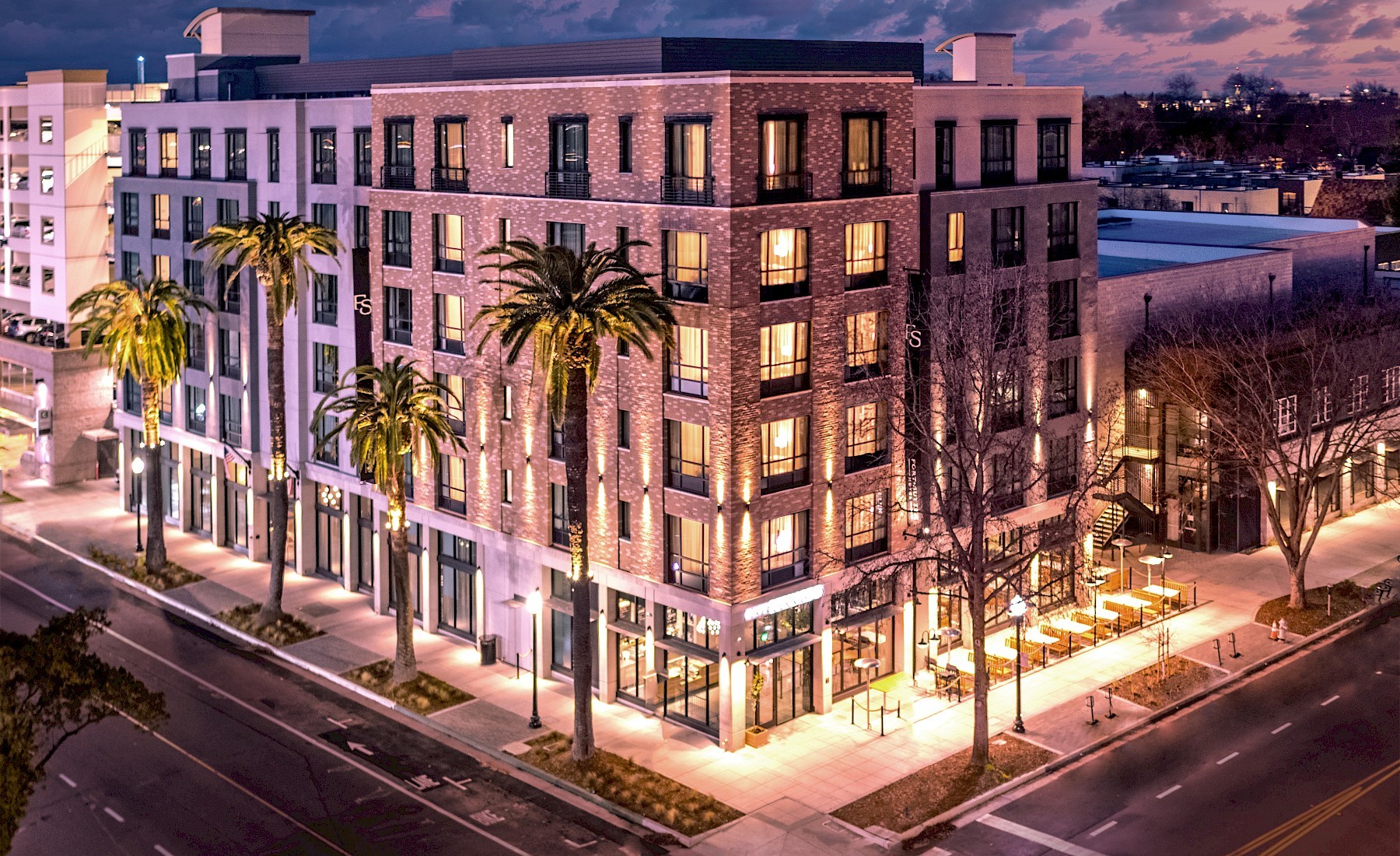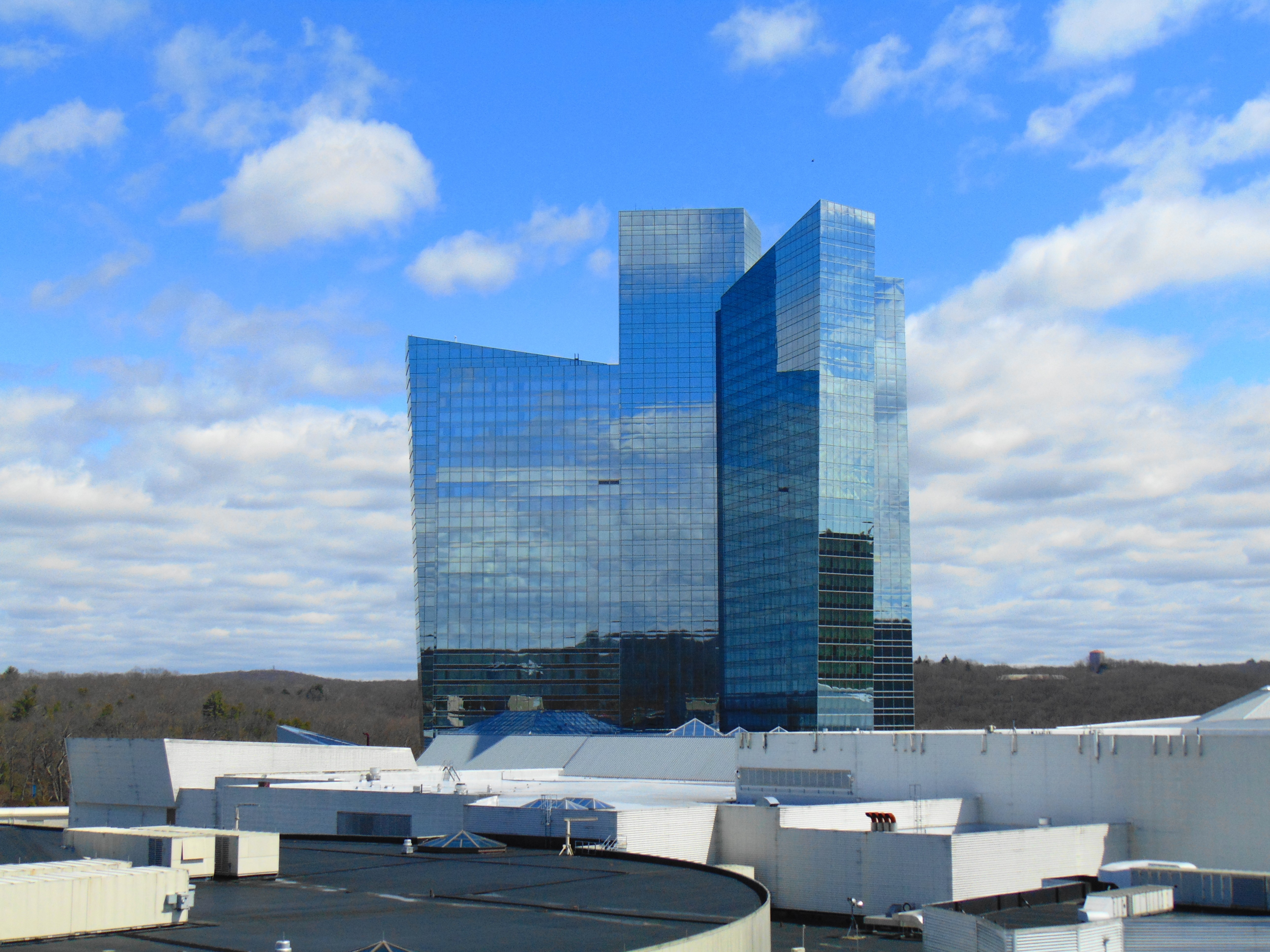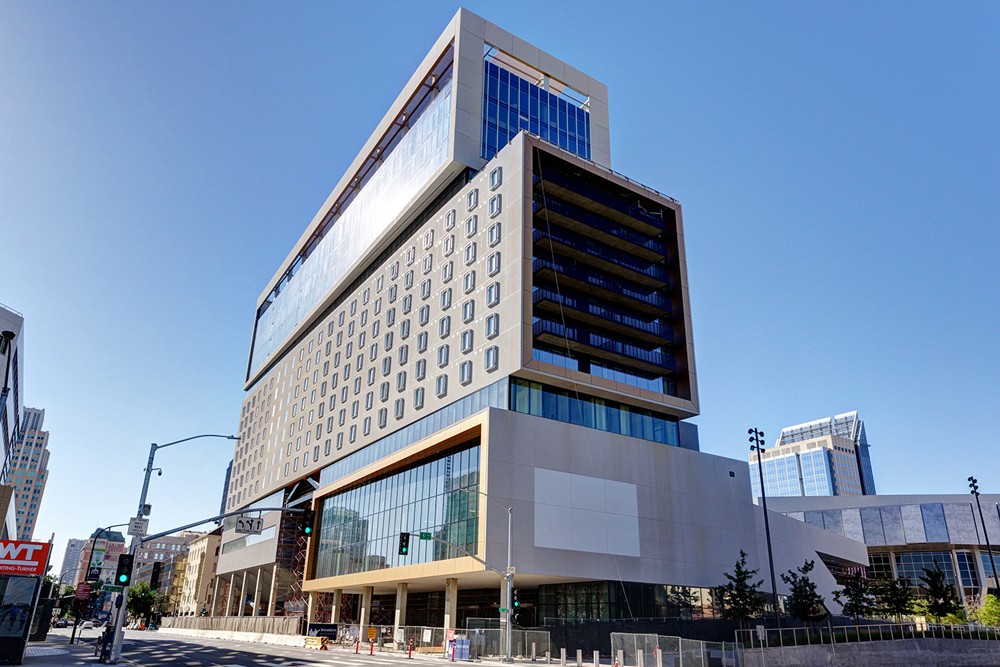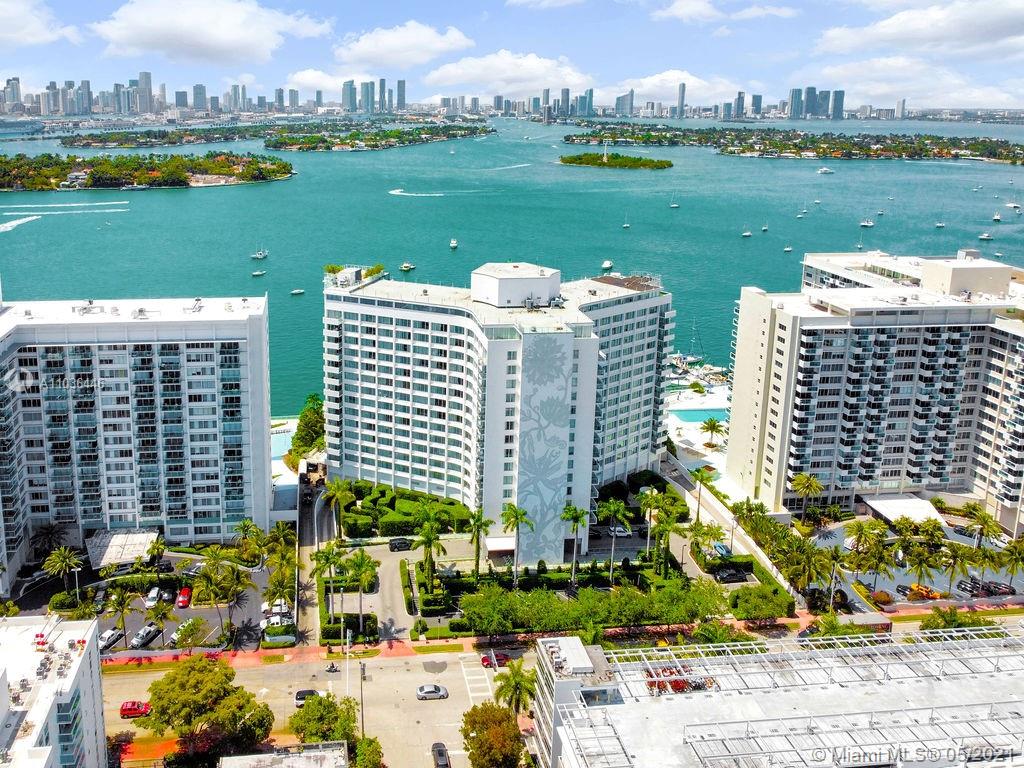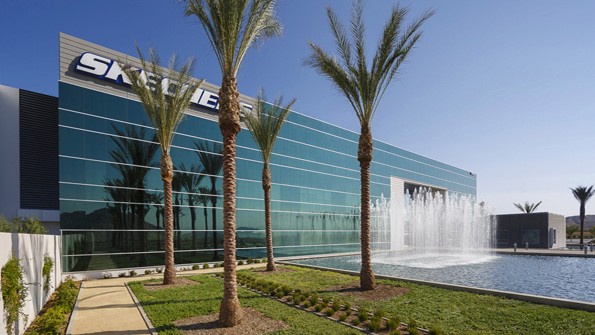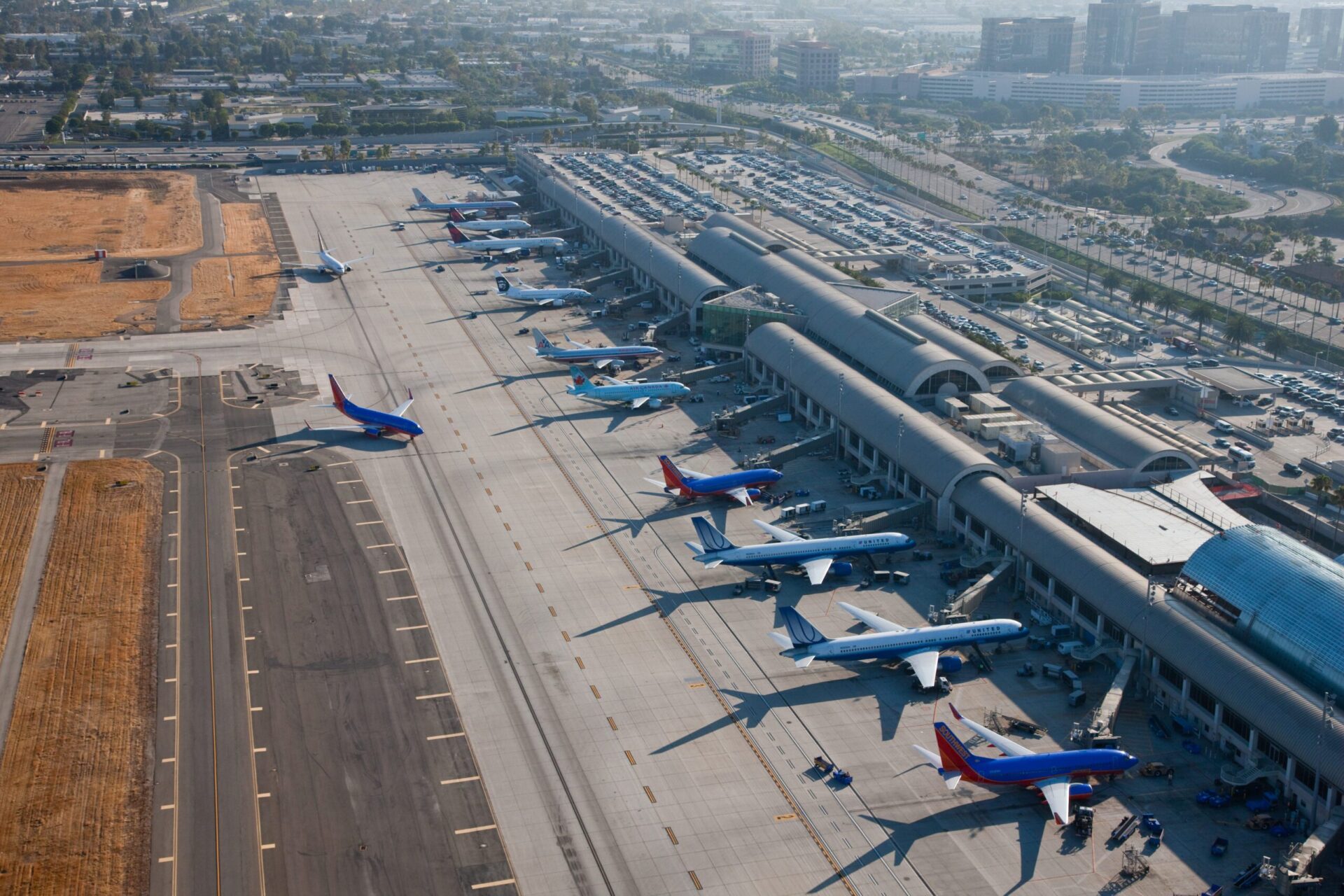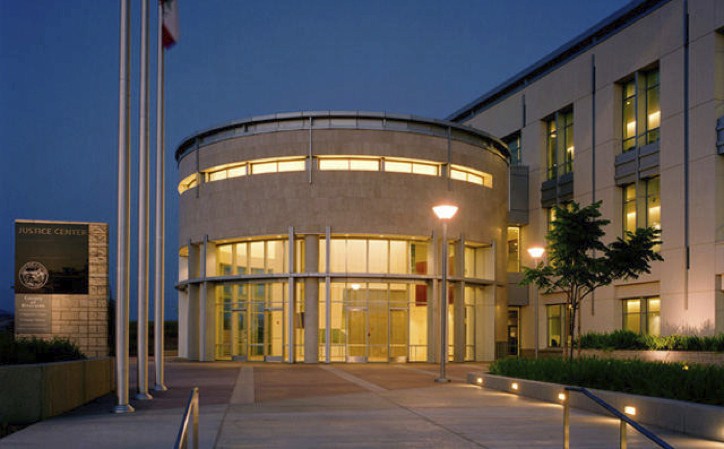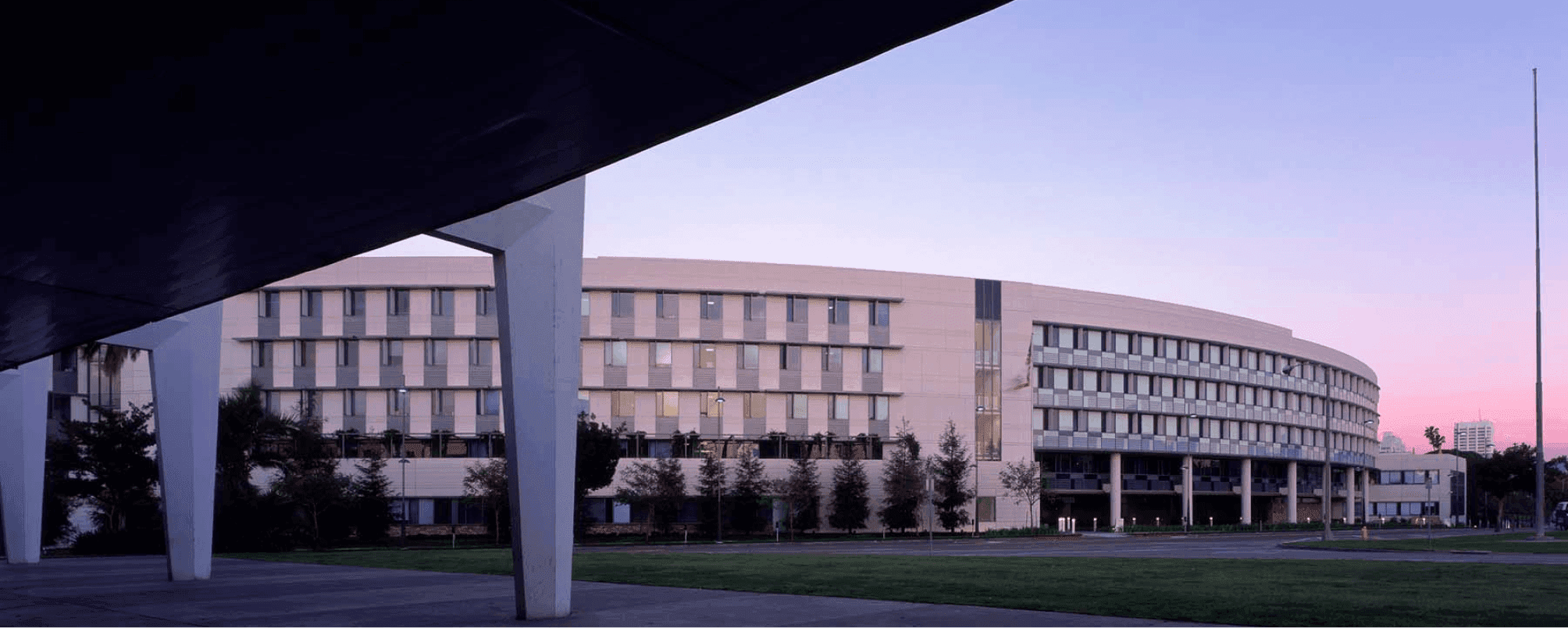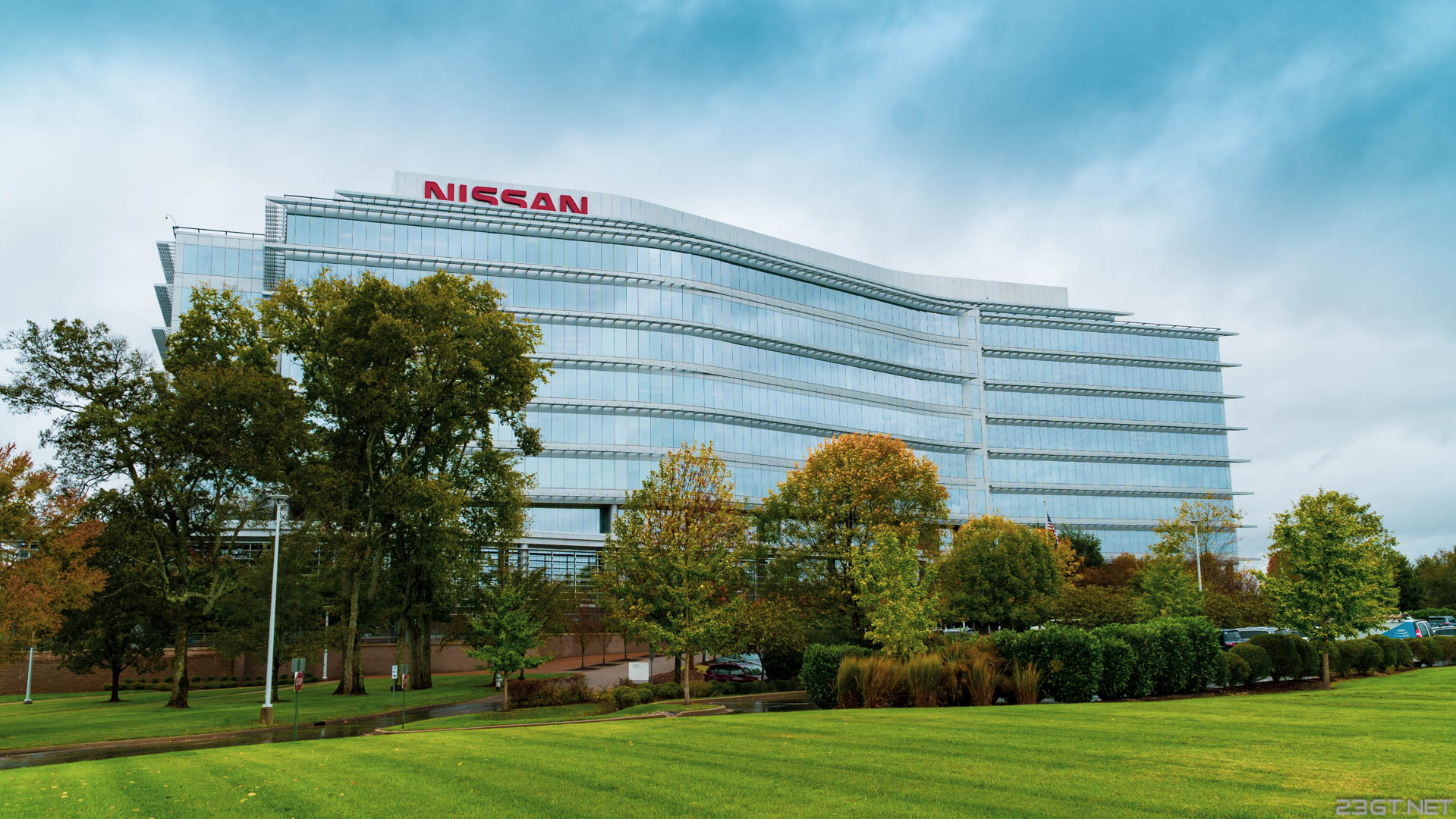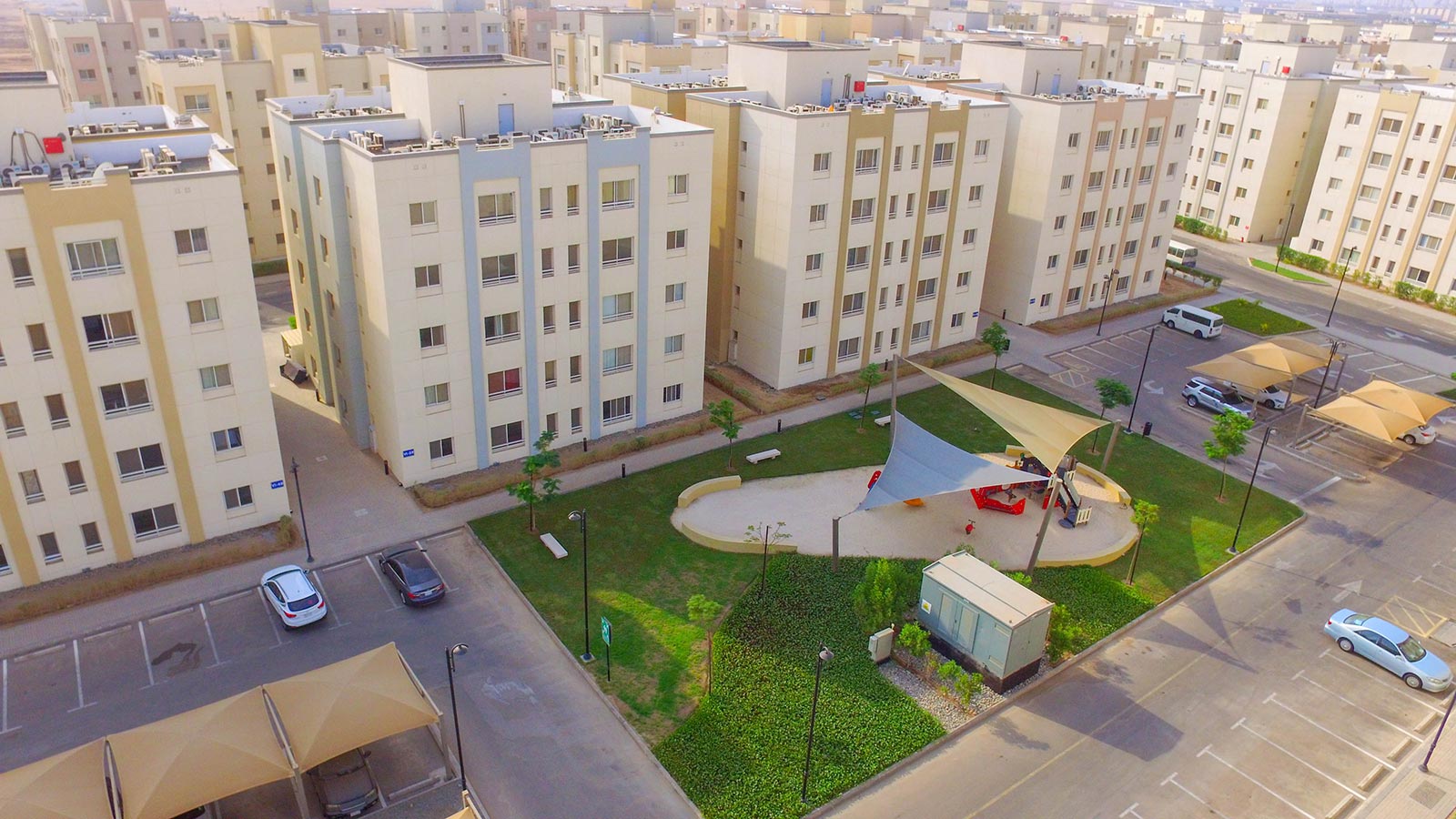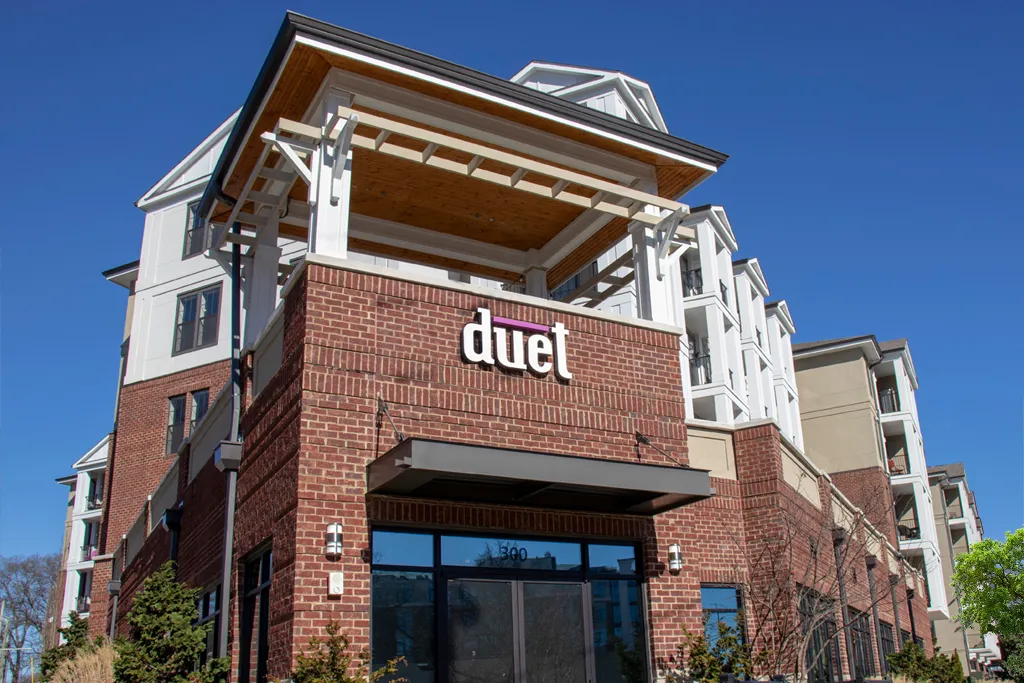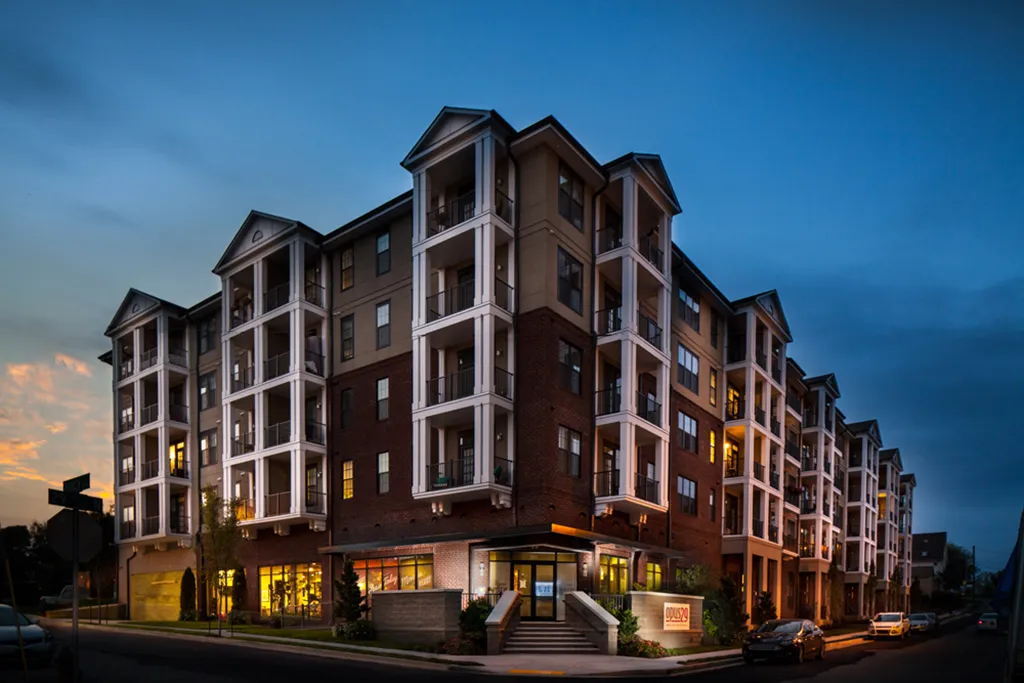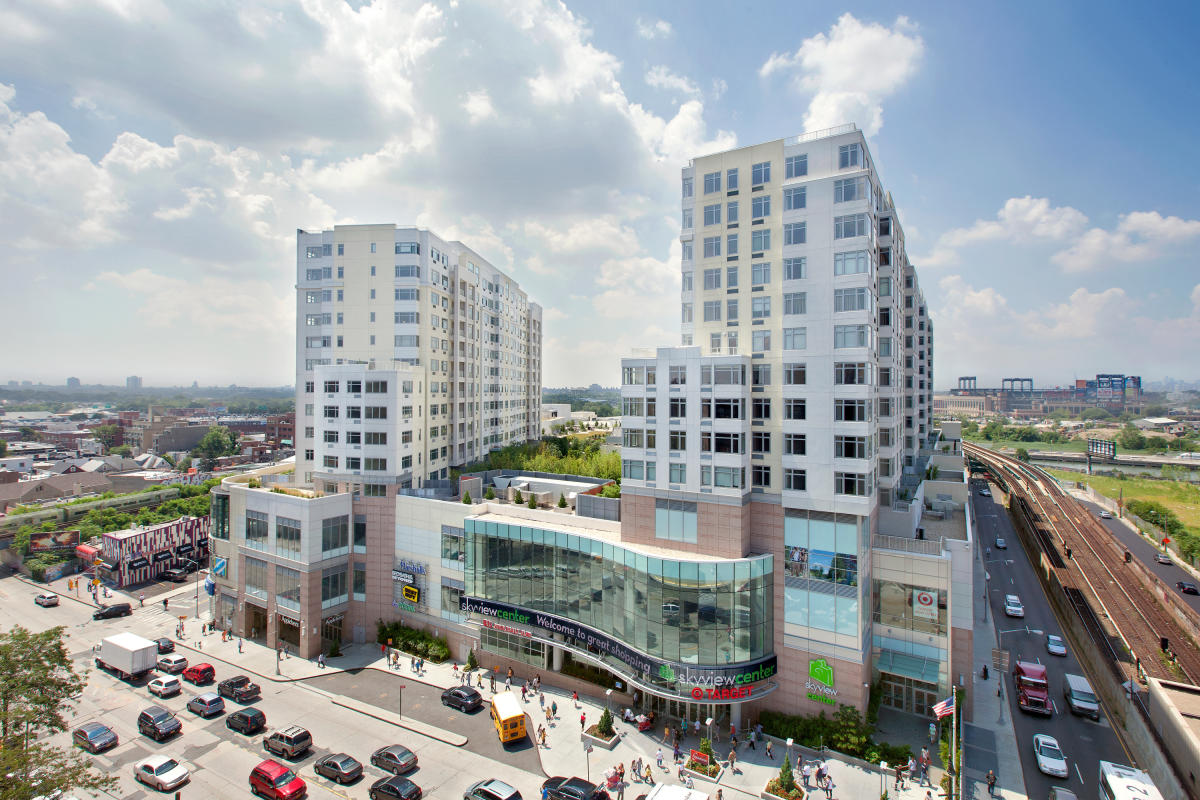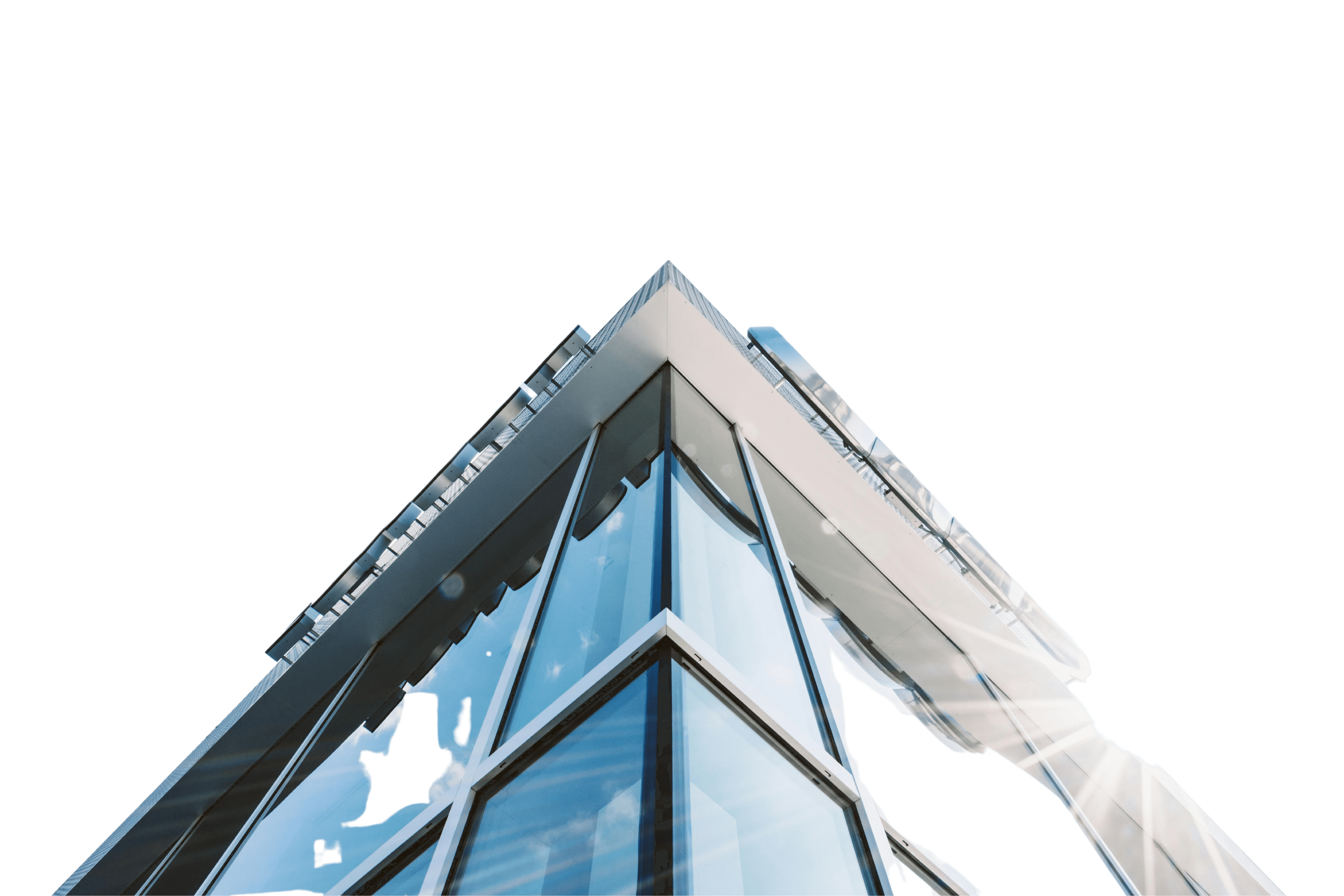
As we head into the back half of 2025, new data suggests momentum in the construction industry is not only slowing—it may be stalling. According to the latest analysis from Associated Builders and Contractors, national nonresidential construction spending fell for the third straight month in July, down 0.2% to an annualized total of $1.24 trillion.
That drop may seem marginal on paper, but a closer look reveals deeper issues—especially in private-sector construction, which declined by 0.5% in July alone and continues to shed volume month after month.
With rising materials costs, reemerging labor shortages, and heavy tariff impacts, it’s clear the industry is entering a phase of heightened uncertainty—and contractors are starting to feel it where it counts.
Private Spending Declines Are Now Broad-Based
July marked the third consecutive monthly decline in nonresidential spending, but what’s more alarming is the breadth of the pullback. Of the 16 tracked nonresidential subcategories, 7 saw month-over-month decreases—a sign that this isn’t a sector-specific issue but a broader market trend.
Private nonresidential categories are especially under pressure:
Only two subcategories showed strength—religious construction (which accounts for less than 1% of activity) and power, which is being driven primarily by demand from data centers and their energy-intensive infrastructure.
Outside of those two, no private-sector segment has sustained momentum into the second half of the year.
This paints a stark picture for firms focused on commercial offices, retail, industrial buildings (outside of megaprojects), or healthcare systems without major public funding. The once-resilient private market is starting to crack under macroeconomic pressure.
Material Costs and Tariffs Are Reshaping Project Viability
Beyond demand-side concerns, the cost to build continues to rise. Materials prices—already high—are being driven even higher by new tariff increases, which went into effect in early August. These duties impact a wide range of construction inputs: steel, aluminum, copper, and derivative products from key foreign suppliers.
While the Census data reflects activity through July, it doesn’t yet show the full weight of these new tariffs.
What it does show is this: nearly 1 in 4 ABC member contractors reported project delays or cancellations due to tariffs in July—before the newest import taxes were enacted. That number is likely to grow as Q3 progresses.
For projects already locked into pricing or budget models that didn’t account for these spikes, developers and owners may be forced to delay groundbreaking—or walk away entirely.
Labor Shortages Are Reemerging at the Worst Time
After a period of relative stability, labor constraints are once again tightening. With economic uncertainty lingering, some firms have slowed hiring, while others struggle to retain skilled trades against a backdrop of wage inflation and regional competition.
The timing couldn’t be worse. As project pipelines shrink and cost pressure mounts, general contractors are being squeezed from both ends—paying more to execute fewer jobs, all while client confidence dips.
This isn't just a short-term productivity challenge. It creates long-term risk for project timelines, quality control, and predictability.
A Bleak Second Half? Or a Strategic Inflection Point?
According to ABC’s Chief Economist Anirban Basu, the outlook is grim. He notes that even the modest 0.2% spending decline likely understates the situation, given the inflated material costs that make nominal totals look better than they are in real terms.
His conclusion: “It may be a bleak second half of the year for the construction industry.”
At Paragon, we agree that the conditions are serious—but we don’t see “bleak” as inevitable. The firms that will lead into 2026 will be the ones that make decisive moves now:
Repricing projects early to account for rising input costs
Engaging construction management teams to identify scope efficiencies before they’re forced to
Rethinking private-sector pipeline priorities to focus on fundable, executable work
Working upstream with owners and lenders to create realistic financial models in today’s cost environment
The Bottom Line
Three months of consecutive spending declines, rising tariffs, and a fresh wave of project delays tell us one thing: the second half of 2025 will demand a sharper strategy.
Private construction is not gone—it’s just retreating. For now.
At Paragon Construction Consulting, we specialize in stepping in when projects get stuck. Whether it’s value engineering, scope re-alignment, or construction intervention, we’ve helped clients across North America navigate the exact pressures the market is now feeling.
Because even when market momentum slows, predictable outcomes are still possible.




